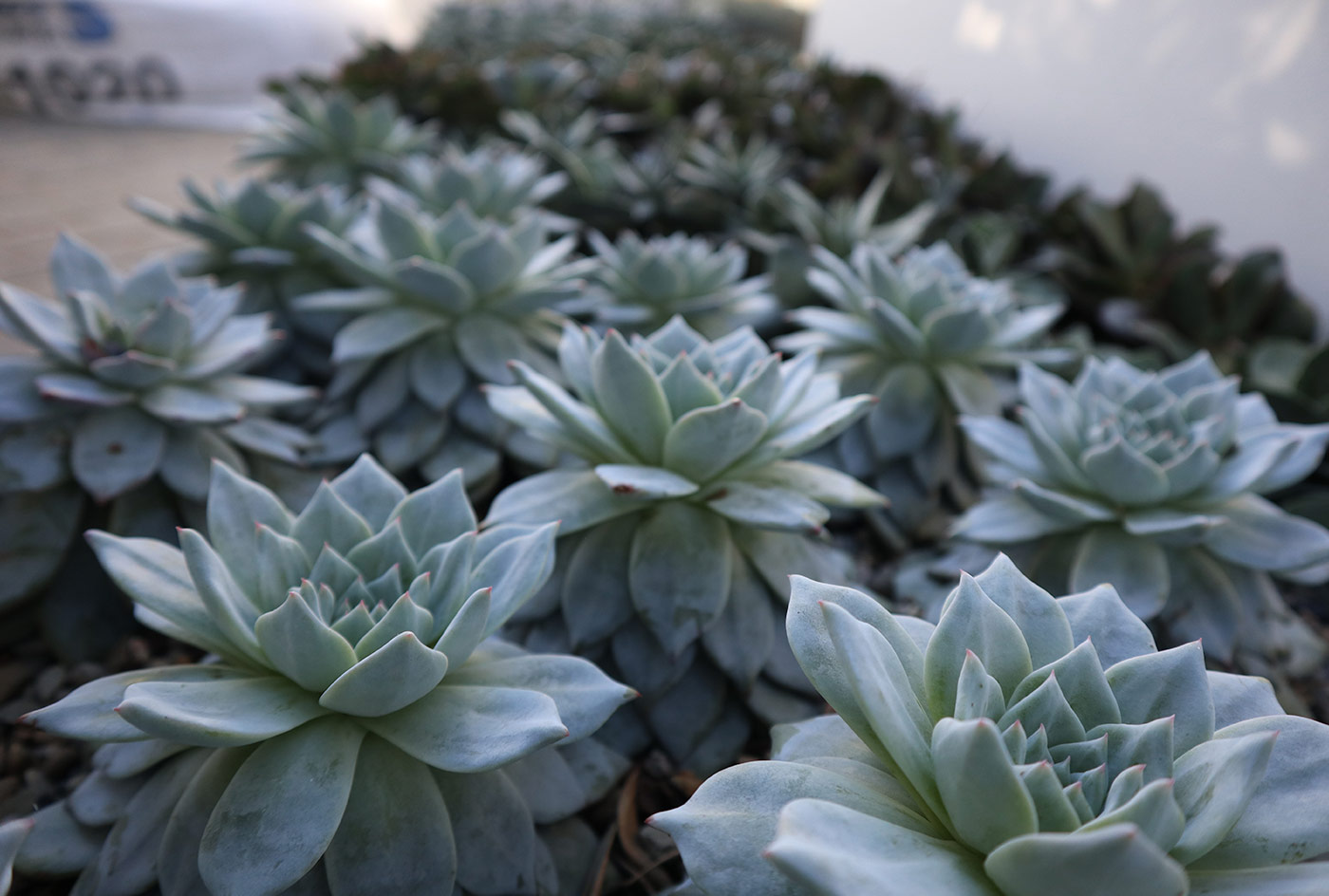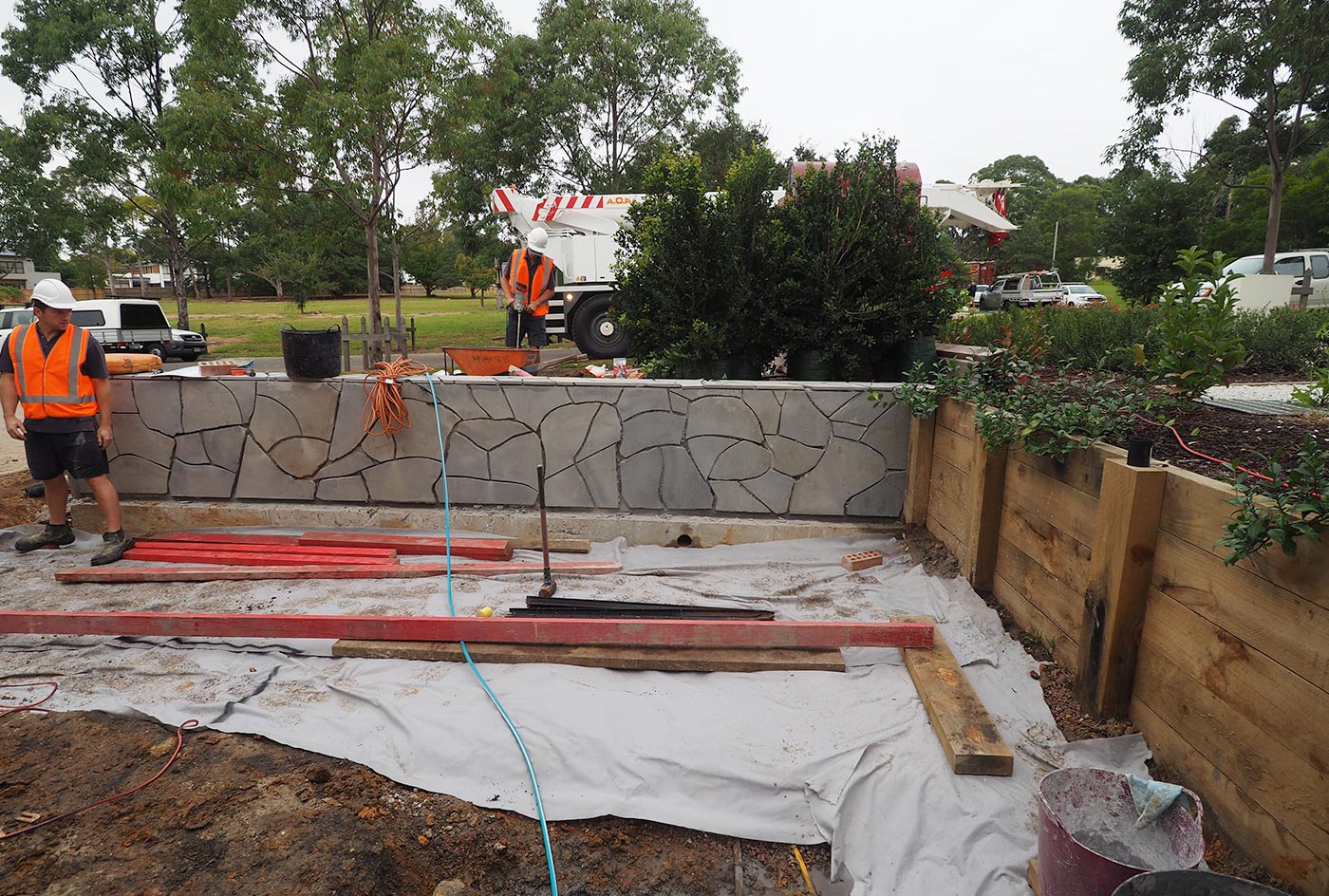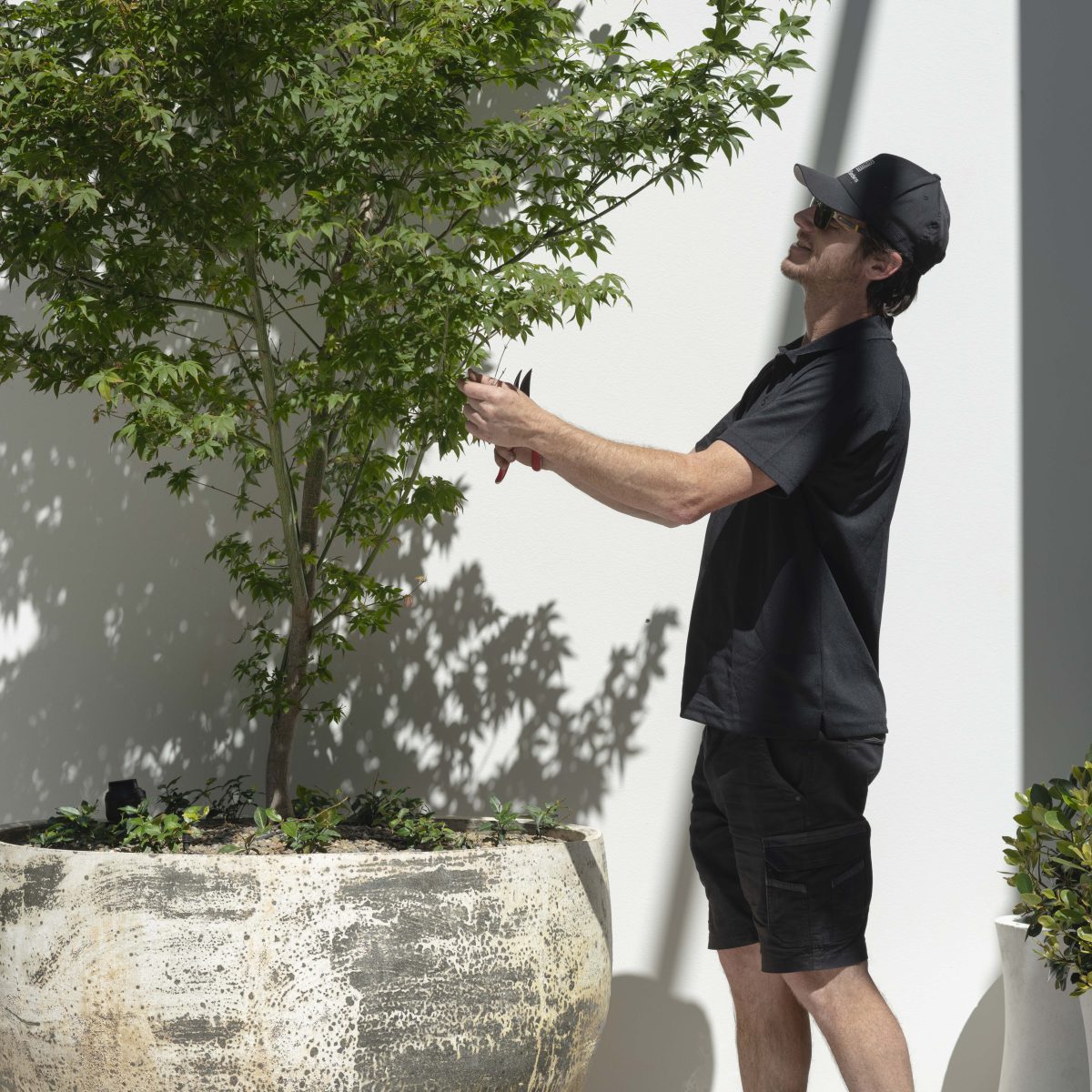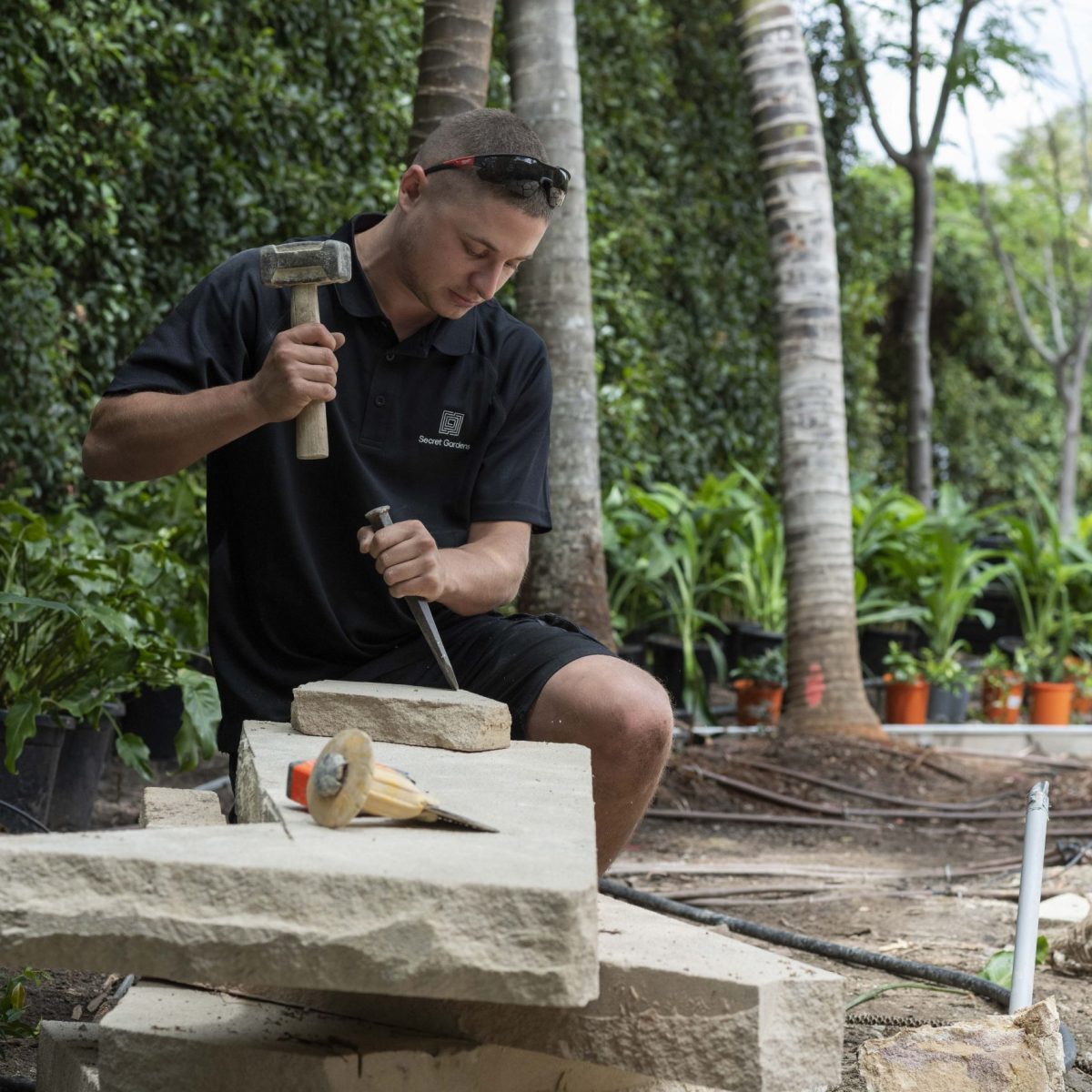Sandy soil
Lacking in structure, sandy soil struggles to hold water and nutrients – witness the way water runs straight through it, leaving it dry much sooner after irrigating. This is a problem for growing very thirsty plants, as the water will drain too freely; this means you’ll have to use more water to keep those plants happy, which will become an issue in dry seasons such as the one we’ve just had, when water restrictions apply.
On the bright side, sandy soil is incredibly quick and easy to dig into for major earthworks. Plant-wise, succulents and any other plants that love free-draining soil will be happy here.
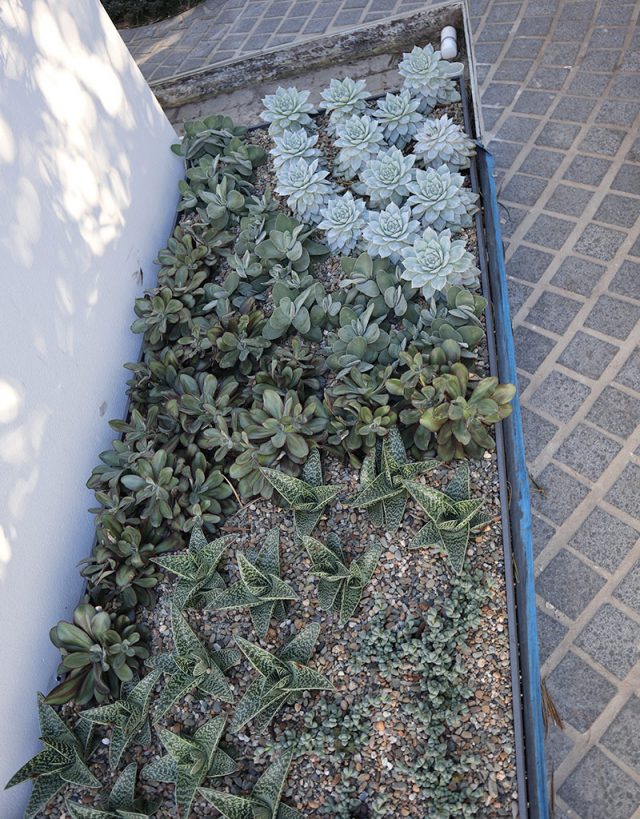
Clay soil
Dense and heavy, clay soil retains water and doesn’t drain well at all. It’s hard to work with – even planting a small tree becomes a back-breaking task.
The pros of clay soil are its structural integrity; it won’t shift like sand, making it a better base for hardscaping elements. Thirsty plants, like bamboo, will be happier here. It should be noted that even dry-loving plants can be grown in this soil, if it’s really what you want – you’ll just have to water them sparingly (and hope you don’t get too many back-to-back rain storms!). Clay has more nutrients than sand, but it’s about improving the soil and breaking it down to make those nutrients available.
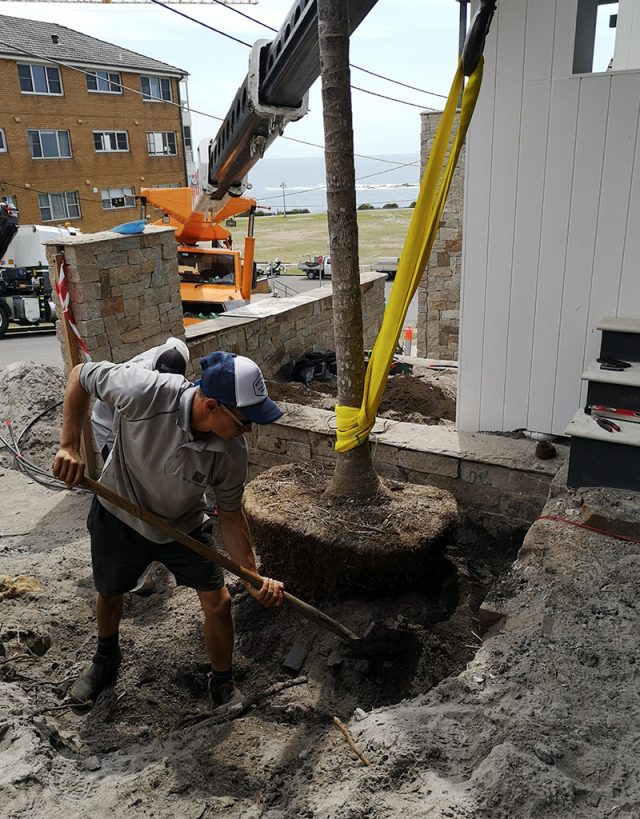
What to do about poor soil
Any soil can be improved and the best time to do it is before any plants go in. Sand can be mixed in to loosen clay soils or gypsum to break it up, but what both clay and sand need most is improving with organic matter. This can be done before any major planting begins, then topped up once or twice a year. The base material will still come through – if you start with sandy soil, you will always have sandy soil, but improving it in this way will make for much healthier plants.
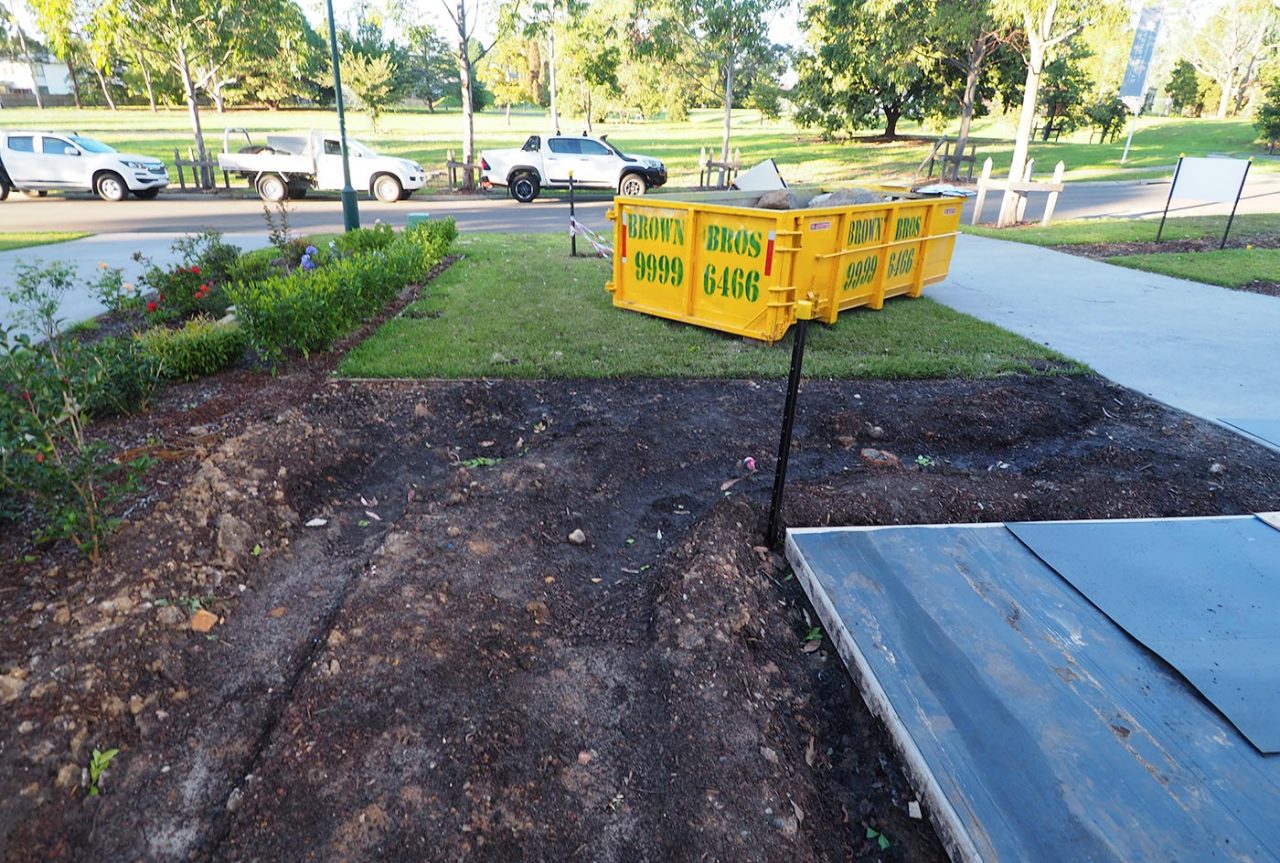
You should also consider that the soil may not be what you expect it to be, or may not be uniform across the whole site, as previous developers may have filled in the site with soil from elsewhere. Non-native soils can throw up issues, but also provide opportunities – you may find the thirsty plants you prefer grow happily in a particular corner where the soil is more dense. The only way to find out what you’re dealing with is to literally dig a hole, pour in water and watch how quickly it drains away.
